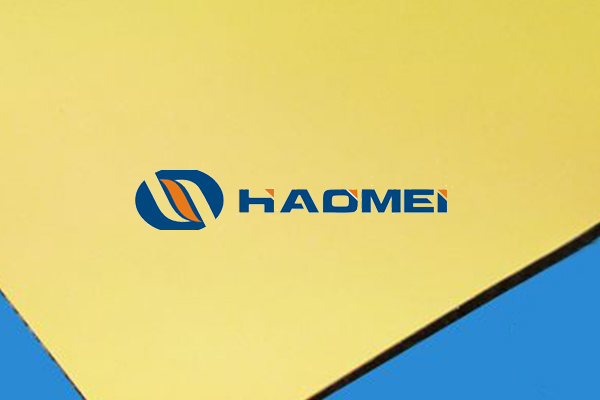Pot defect of gold anodized aluminum sheet
June 27, 2019
The gold anodized aluminum sheet is obtained by anodizing and electrolytic coloring of gold. With such a mature technology, an anodized aluminum sheet can be painted not only gold, but also black, brown, champagne, titanium and so on. However, immature processes in the industry lead to various defects on the sheet’s surface. Reasons for this include corrosion of acid and alkali, air corrosion, paper corrosion, and water corrosion.

If the aluminum sheet is splashed with acid or alkali before anodizing, white spots will appear on the surface of gold anodized aluminum sheet. If the corrosion is severe, the pitting is coarser and forms a coarse spot. It is difficult for the naked eye to distinguish acid from alkali, but the microscope helps. If the bottom is round and there is no evidence of intergranular corrosion, it is caused by alkali corrosion; if the bottom is irregular and accompanied by crystal Corrosion, the deeper the etch point is caused by acid corrosion. After the cause is found out, the problem can be solved as long as the management of all aspects of the plant is strengthened.
White spots sometimes appear on the surface of anodized aluminium sheets exposed to the moist air, and the spots are often aligned longitudinally along the direction of the mold marks. Atmospheric corrosion is generally not as severe as acid or alkali etch and can be removed by mechanical means or by alkaline washing. When the atmospheric corrosion is serious, the cross section of the eclipse is inverted like a mushroom. Here the alkali washing is not recommendable to solve the problem, for it will enlarge the eclipse. The storage conditions of the sheet prove to be a more important reason. Always bear in mind that aluminium alloy sheets should be stored in dry room with stable temperatures.


 Nydia
Nydia
 Sales Manager
Sales Manager